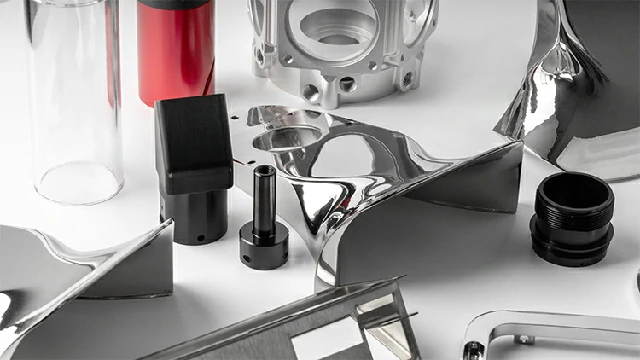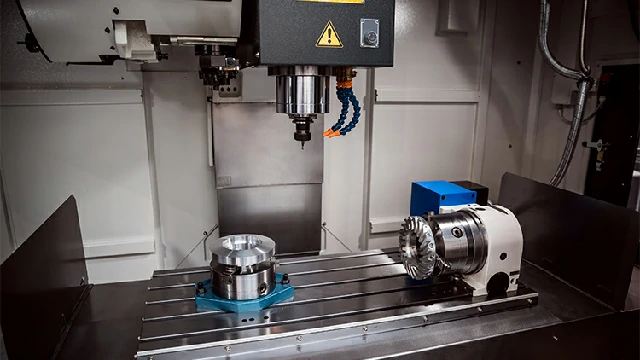
- info@prototypeshlh.com
- +86-133-9285-9203
- Room 2003, 20th Floor, Xingji Building, Shangde Road, Shajing Street, Bao'an District, Shenzhen
SERVICES


CNC Machining Service
Tight tolerances and finishing capabilities, as fast as 2 days.

Vacuum Casting Service
Production quality parts without the tooling investment.

Sheet Metal Fabrication
Experience the versatility 6 cost efficiency withflexible application options.

Die Casting Service
Create high quality custom mechanicals withprecision and accuracy.

Injection Molding Service
Production-grade steel tooling, as fast as weeks.
Popular Services

Injection Molding Service
A faster, easier way to order high-quality injection molded parts that accelerates iteration, testing, and scaled production. Upload your designs for DFM feedback and pricing in 24 hours.

3D Printing Service
Our 3D printing solutions cater to personalised needs with a diverse range of materials and colour options, including SLA, SLS, FDM, Projet, DMLS, and MJF printing services.

Surface Finishing
The easiest way to source your custom parts, with 15+ surface finishing options.

Design Guide
In-depth design guides full of best practices for all of HLH's manufacturing processes.

Case Studies
Success stories from innovativecompanies using HLH.

Blog
lndustry trends, company news andproduct updates.
Featured Posts

Aerospace & UAV
HLH is your 3D manufacturing partner from prototype to large scale production.

Consumer Products
New Product Introduction Solutions for Consumer Products.

Automotive
New Product Introduction Solutions for Automotive.

Industrial Machinery
The main purpose of industrial prototyping is to take the product from drawings into the real world.

Robotics & Automation
Need some assistance bringing your robotic device or parts from the sketch-board to reality?

Communications
We understand the demands and ever changing landscape of the communications industry.

Product Development
Industrial design and engineering consultancies are some of the most innovate and creative enterprises on the planet.


Product prototypes play a crucial role in the development and manufacturing process, helping businesses refine designs, test functionality, and communicate ideas effectively. Whether you are developing a new product or improving an existing one, prototyping allows for iterative improvements before mass production. In this article, we explore the importance of product prototypes and the various methods used to create them.
A product prototype is a preliminary version of a product that serves as a model for testing, evaluation, and demonstration. Prototypes help identify design flaws, optimize performance, and gather feedback before finalizing production.
1. Concept Validation – Prototypes help verify the feasibility of an idea before investing in full-scale production.
2. Design Testing & Refinement – Enables engineers to identify and resolve design flaws early in the process.
3. Cost & Time Efficiency – Reducing potential manufacturing errors can save significant costs and production delays.
4. Investor & Customer Engagement – A tangible prototype helps demonstrate the product’s value to stakeholders and potential customers.
5. Production Planning – Ensures manufacturing processes and materials are suitable for mass production.
· Early-stage models used to visualize and communicate initial ideas.
· Often made with simple materials like foam, cardboard, or clay.
· Focused on appearance rather than functionality.
· Used for marketing, presentations, and customer feedback.
· Near-final versions of the product made using actual production materials and processes.
· Helps assess manufacturing feasibility and quality control.
1. 3D Printing – Rapid and cost-effective for creating complex designs and functional models.
2. CNC Machining – Produces high-precision prototypes from metals and plastics.
3. Injection Molding – Ideal for producing prototypes with production-grade materials.
4. Vacuum Casting – Used for creating small batches of high-quality prototypes.
5. Sheet Metal Fabrication – Suitable for prototyping metal components and enclosures.
Selecting the appropriate prototyping method depends on:
· Complexity of Design – Detailed parts may require CNC machining or 3D printing.
· Material Requirements – Functional testing may require durable materials.
· Budget & Time Constraints – Faster methods like 3D printing may be ideal for early-stage prototypes.
· Production Volume – Vacuum casting or injection molding is better for small-batch prototypes.

Product prototypes are essential for refining ideas, testing functionality, and preparing for mass production. By choosing the right prototyping method, businesses can reduce risks, improve quality, and accelerate time-to-market. Whether you need a simple concept model or a functional prototype, investing in the right prototyping process ensures a smoother transition to full-scale production.
For expert prototyping solutions, contact us today!
https://www.prototypeshlh.com/